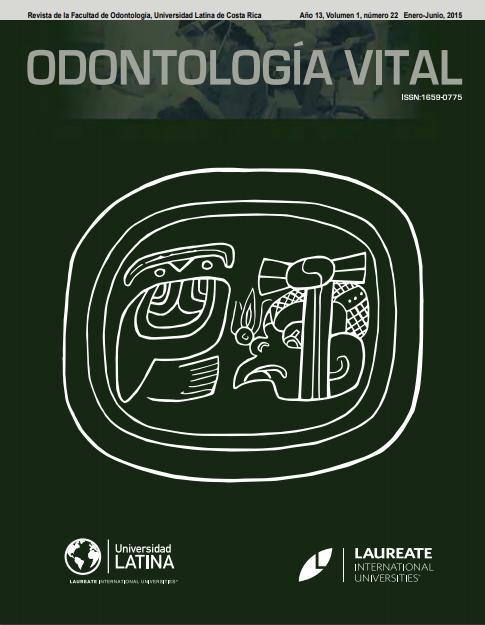Mayan Symbol for Dentistry in Costa Rica
Abstract
Among the great treasures found in the Jade Museum, located in the new building of the National Insurance Institute in San José, Costa Rica, is a magnificent piece of pre-Columbian art, an elaborate pendant made of serpentine jade with Mayan script engravings.
It was described by the renowned British archaeologist, epigrapher and ethnographer John Eric Thompson, from the University of Cambridge and the world-renowned Field Museum of Natural History in Chicago, USA. He is the leading expert on Mayan cultures of his time, and is quoted by Luis Ferrero in his book “Pre-Columbian Costa Rica”, published by Costa Rica Publishing, printed in 1975. On page 87 he shows and describes the image of a jade pendant with cartridge glyphs, and says literally “The glyph on the left was interpreted as Bat Face; The one on the right was called the Toothache Glyph by J. Eric Thompson and interpreted as a vulture with a bandage to tie it to the Moon.” As a detail, it is clarified that its origin is Bagaces, Guanacaste. Collection of the National Insurance Institute of Costa Rica.
Downloads
Downloads
Published
Issue
Section
License
Copyright (c) 2015 Rodrigo Villalobos Jiménez

This work is licensed under a Creative Commons Attribution 4.0 International License.
Authors who publish with Odontología Vital agree to the following terms:
- Authors retain the copyright and grant Universidad Latina de Costa Rica the right of first publication, with the work simultaneously licensed under a Creative Commons Attribution 4.0 International license (CC BY 4.0) that allows others to share the work with an acknowledgement of the work's authorship and initial publication in this journal.
- Authors are able to enter into separate, additional contractual arrangements for the non-exclusive distribution of the Odontología Vital's published version of the work (e.g., post it to an institutional repository or publish it in a book), with an acknowledgement of its initial publication.
- Authors are permitted and encouraged to post their work online (e.g., in institutional repositories or on their website) prior to and during the submission process, as it can lead to productive exchanges, as well as earlier and greater citation of published work.







